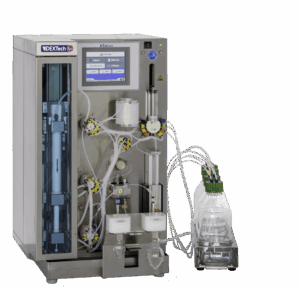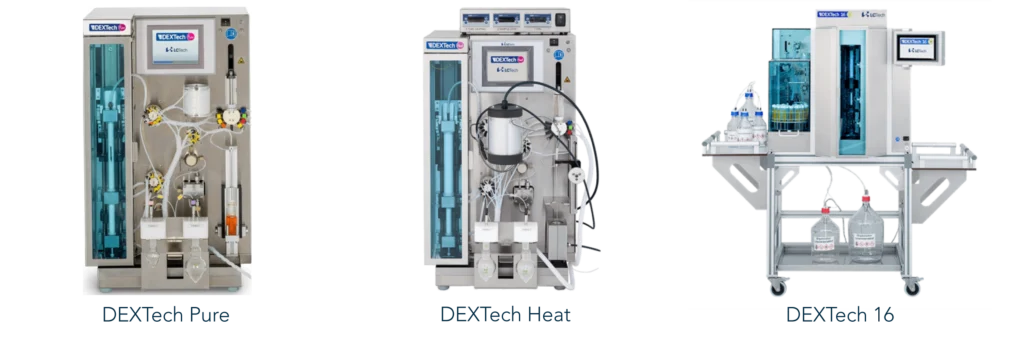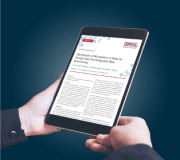Dioxin Determination
Dioxins are a family of highly toxic, persistent organic pollutants—primarily polychlorinated dibenzo‑p‑dioxins (PCDDs) and dibenzofurans (PCDFs)—that form unintentionally during industrial processes (e.g., combustion, chlorination) and tend to bioaccumulate in the fatty tissues of animals and humans. Because even trace levels (parts per trillion) can pose serious health risks—cancer, endocrine disruption and developmental disorders—regulatory agencies worldwide mandate rigorous monitoring of dioxins in environmental samples, food and feed. Dioxin analysis therefore relies on ultra‑clean sample preparation to isolate and concentrate PCDD/Fs (and often co‐planar PCBs), followed by high‑resolution chromatographic separation and mass‐spectrometric detection to achieve the sensitivity, selectivity and reproducibility needed for defensible, regulatory‐compliant results. Meticulous lipid removal, fractionation and contamination control are essential to ensure accurate quantitation at these ultra‑trace levels.
What are Dioxins?
Dioxins are a family of highly toxic, persistent organic pollutants that form unintentionally during industrial processes (e.g., combustion, chlorination) and tend to bioaccumulate in the fatty tissues of animals and humans. Because even trace levels (parts per trillion) can pose serious health risks—such as cancer, endocrine disruption, and developmental disorders—regulatory agencies worldwide mandate rigorous monitoring of dioxins in environmental samples, food, and feed. Dioxin analysis therefore relies on ultra-clean sample preparation to isolate and concentrate polychlorinated dibenzo-p-dioxins and dibenzofurans (PCDD/Fs) and often co‐planar PCBs, followed by high-resolution chromatographic separation and mass‐spectrometric detection to achieve the sensitivity, selectivity, and reproducibility needed for defensible, regulatory‐compliant results.
Dioxin Determination with DEXTech

Dioxin determination is among the most demanding tasks in trace-level analysis, requiring ultra-clean sample preparation, precise fractionation, and no cross-contamination. LCTech’s DEXTech family addresses these challenges by automating the critical clean-up steps for PCDD/Fs alongside coplanar PCBs and other persistent organic pollutants.
All DEXTech systems build on a proven three-column alumina oxide clean-up—click-in, tool-free columns certified for up to 5 g fat load—ensuring quantitative transfer, minimal solvent use, and reproducible recoveries. By eliminating manual column packing and valve dead volumes, the DEXTech workflow virtually eliminates carryover and lab contamination risks.
Key advantages in dioxin workflows include:
- Pre-programmed EPA/EU-compliant methods for PCDD/Fs, PCBs, PBDEs, PCNs (and more), with customizable parameters for emerging analytes.
- Quantitative sample vial rinsing and closed-loop fluidics that never expose analytes to pumps or unclean tubing, preventing cross-contamination and providing ultra-trace integrity.
- Seamless integrated workflow with LCTech’s upstream X-TRACTION extraction and downstream D-EVA vacuum concentration modules.
Whether you’re running single, co-eluting “dioxin-only” fractions on DEXTech Pure, tackling solidifying matrices with DEXTech Heat’s three heated zones, or maximizing throughput with DEXTech 16’s fifteen-sample sequencer, each configuration delivers the precision and consistency critical to defensible dioxin data. By combining simple “click-in” columns with advanced automation, DEXTech transforms complex ultra-trace analysis into a walk-away process—freeing analysts to focus on interpretation, not cleanup.



